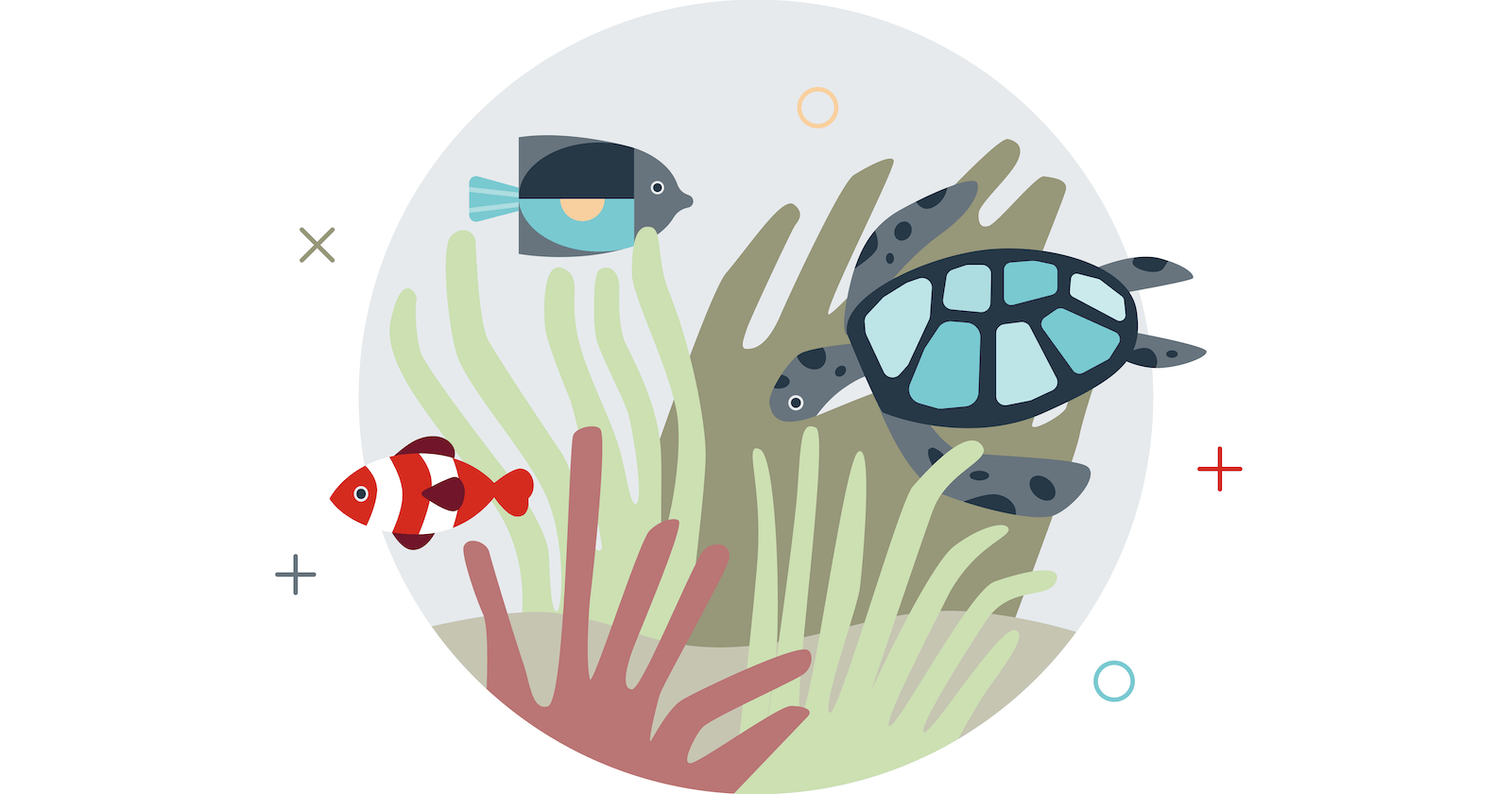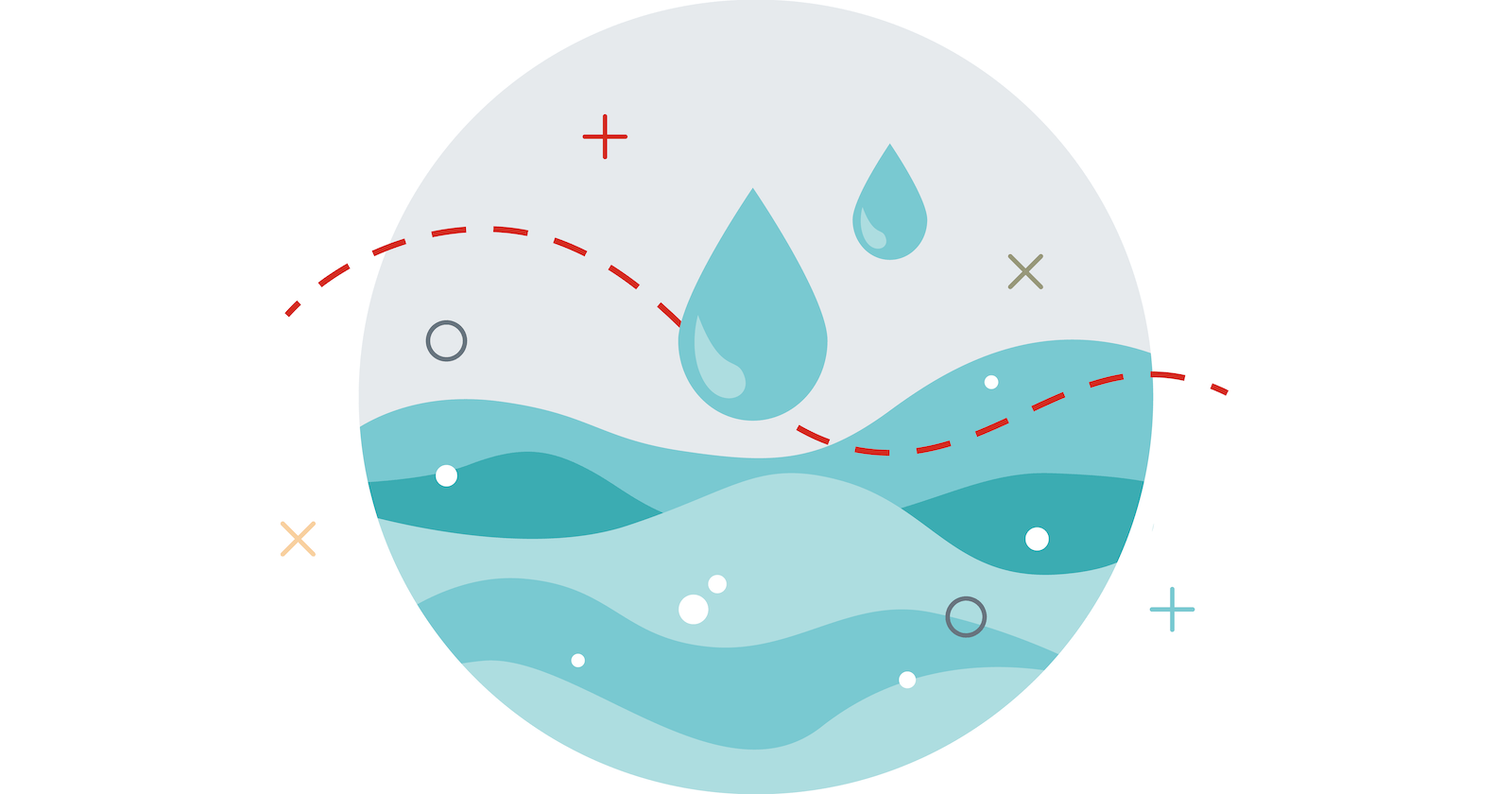Thursday, February 20, 2025
These underwater meadows play a crucial role in biodiversity, coastal stability, and carbon capture. However, despite their importance, they often go unnoticed
By Rafael Hernández
The sea has always held a mix of beauty and mystery. Its depths have sparked the interest of explorers, scientists, and curious people alike. And the truth is, beneath its waters, in addition to enormous creatures, colorful fish, and corals, we find an ecosystem that often goes unnoticed but is crucial for the balance of the planet. We are talking about seagrass.
These underwater meadows are formed by plants that grow in shallow waters in many parts of the world. They are one of the largest coastal habitats on Earth, covering over 300,000 km2, and spanning 159 countries. Unlike algae, these plants have leaves, roots, and flowers, which allow them to attach to the marine substrate, absorb nutrients from the sediment, and reproduce through seeds, playing an essential role in the stability of coastal ecosystems.
Unknown but beneficial
Despite their apparent fragility, seagrasses are the home and refuge of thousands of species, from small seahorses to large turtles that find a space in them to feed themselves and reproduce. According to the International Union for Conservation of Nature (IUCN), some species that depend on seagrass meadows for food and shelter are threatened, making their protection an environmental priority. In fact, many fish rely on these ecosystems during their early life stages.
Another benefit of seagrass meadows is their important role in reducing coastal erosion, as they help dissipate the energy of waves and currents. In addition to their role as shelter, sustenance, and natural barrier against erosion, they also play a major part in improving water quality by filtering and storing nutrients. The roots and stems of seagrasses act as natural filters, trapping sediments and suspended nutrients that would otherwise cloud the water. This filtration process helps improve water quality in coastal areas and maintains the necessary transparency for photosynthesis and growth of aquatic plants.
Taking care of 'blue carbon'
During photosynthesis, these underwater meadows absorb carbon dioxide from the water and convert it into organic compounds, storing it in their tissues and in marine sediment. This process not only reduces the concentration of CO₂ in the water, but also acts as a natural buffer against acidification, or prolonged process in which the ocean's pH decreases, thus protecting marine biodiversity.
Despite occupying only around 0.2% of the seabed, seagrass meadows contribute to capturing about 10% of the carbon stored by the oceans, known as 'blue carbon', and can sequester carbon from the atmosphere up to 35 times faster than tropical forests. According to the report ,The Ocean as a Solution to Climate Change: Five Opportunities for Action, from the High-Level Panel for a Sustainable Ocean Economy, the restoration of seagrass meadows has a relatively high mitigation potential, but not as high as the conservation of these ecosystems.
In May 2022, the United Nations General Assembly proclaimed March 1st as World Seagrass Day. Fortunately, its importance has been recognized and is beginning to gain international attention, as its conservation and protection are crucial for maintaining the health of the oceans and marine biodiversity.
¿Te ha parecido interesante?





